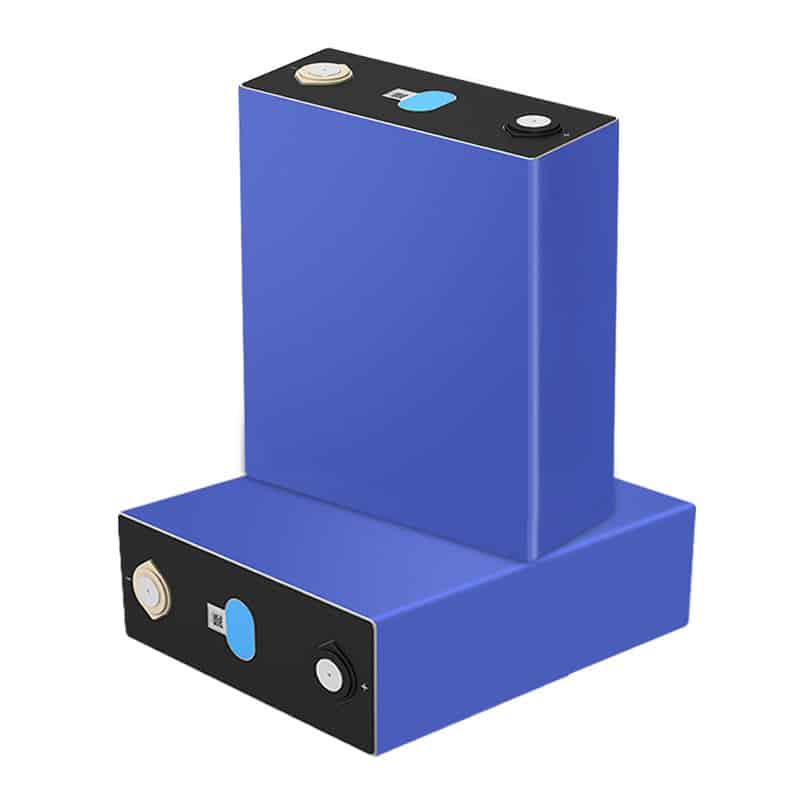What is the “silicon doped lithium battery cell” technology?
The graphite negative electrode density of traditional lithium-ion batteries is relatively low. In order to pursue high density, new negative electrode materials such as silicon carbon and silicon oxygen have become new hot topics pursued by enterprises. However, silicon oxide may have low efficiency for the first time and require lithium supplementation. During the first charging and discharging process of liquid lithium-ion batteries, the electrode material reacts with the electrolyte at the solid-liquid interface, forming a passivation layer covering the surface of the electrode material.

This passivation layer is an interface layer with the characteristics of solid electrolyte. It is an electronic insulator but an excellent conductor of Li+. Li+can be freely embedded and detached through this passivation layer. Therefore, this passivation film is called “solid electrolyte interface” (SEI film for short) (positive electrode also has a layer of film, but at this stage it is believed that its impact on the battery is far less than the SEI film on the negative electrode surface .
The silicon carbon negative electrode lithium replenishment process involves pre coating a layer of lithium metal on the surface of the silicon carbon negative electrode, which is in close contact with the negative electrode. After injecting electrolyte, the coating reacts with the negative electrode and embeds it into the negative electrode particles. A portion of lithium ions are pre stored inside the negative electrode, thus compensating for the lithium ions consumed during the first charge discharge or cycling process due to the formation or repair of SEI films. Compared to the highly difficult and expensive negative electrode lithium replenishment process, positive electrode lithium replenishment appears much more simple. A typical positive electrode lithium replenishment process involves adding a small amount of high-capacity positive electrode material to the positive electrode during the homogenization process. During the charging process, excess Li elements are removed from these lithium rich positive electrode materials and embedded into the negative electrode to supplement the irreversible capacity of the first charge and discharge. Through this complex lithium replenishment process, the density of the negative electrode material can be improved. The specific technology of IM Motors is unknown, but it is almost certain that IM Motors will apply this high-end lithium battery.

